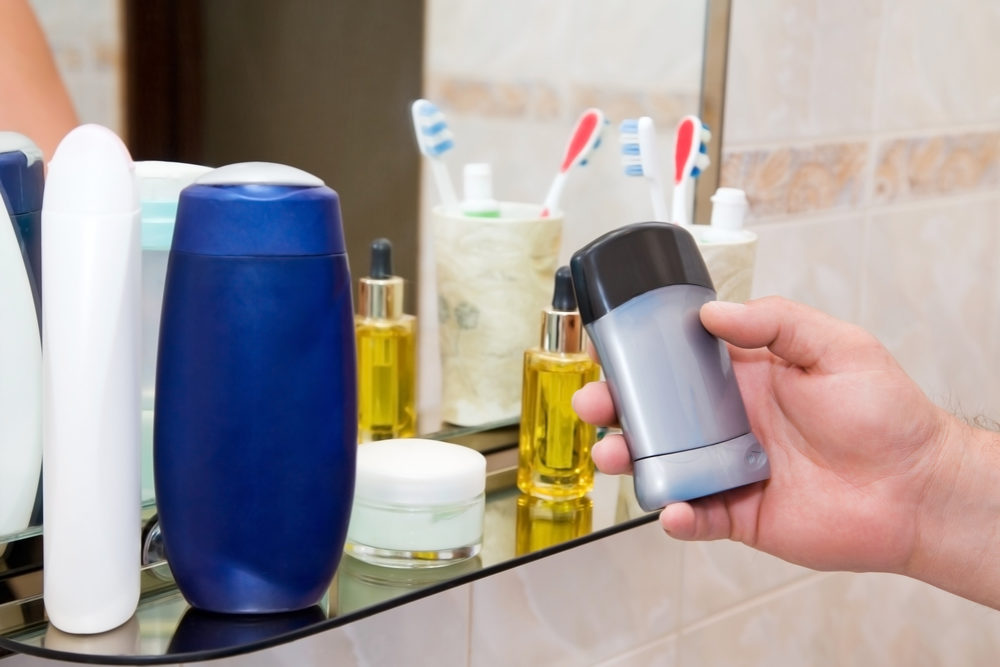Shampoo, Lotion and Other Personal Care Products May Release Air Pollution Emissions That Rivals Those From Cars: Study

Commonly used personal care products, such as shampoos and lotions, produce high levels of air pollution, which are comparable to emissions from car exhaust, according to the findings of a new study.
Researchers found significant spikes in air pollution from personal care products in recent years, which have reached levels similar the emission levels from car exhaust pollution. The findings were published last month in the journal Environmental Science & Technology.
Researchers from the National Oceanic and Atmospheric Administration (NOAA) Earth System Research Laboratory in Boulder, Colorado, tracked concentrations of traffic-related emissions in 2015, 2016, and 2017. They also measured emissions from the mobile research laboratory, taking readings from local traffic.

Did You Know?
Millions of Philips CPAP Machines Recalled
Philips DreamStation, CPAP and BiPAP machines sold in recent years may pose a risk of cancer, lung damage and other injuries.
Learn MoreOver the study period, they found large peaks in emissions for one chemical. Initially, researchers hypothesized the chemical was related to vehicle exhaust. Thus, they tested tailpipe emissions and took roadside measurements. However, they could not identify the chemical from car exhaust pollution. It was not the same source.
The researchers discovered decamethylcyclopentasiloxane (D5), or siloxane, was the source of the emissions. And while linking it to commuting behavior, they found that it was not coming from vehicles, but instead from personal care products.
Siloxane belongs to a class of chemicals known as volatile organic compounds (VOCs) that are commonly used in consumer products, like shampoo and deodorant, to give the products a smooth, silky feel.
Once VOCs are applied they evaporate quickly; but sunlight can trigger them to release nitrogen oxides and other compounds to form ozone and particulate matter. These are two types of air pollution that are regulated because of negative effects on air quality and human health.
Researchers noted that levels of siloxane peaked in the morning when people first applied personal care products and left for work. The levels decreased during the day and peaked again during the evening commute. However, the evening peak was much lower than the morning since much of the product had evaporated by then.
The peaks of siloxane emissions were at levels similar to emissions from car exhaust.
While transportation sources of VOCs have declined in recent years, other sources have become prominent. A study conducted earlier this year indicated common consumer products, like soaps, printing ink and weedkillers, surpass car exhaust as a source of air pollution.
Sources such as these greatly affect air quality in many cities and towns, especially since the emissions are not tied to increased traffic or car exhaust, but simply common human hygiene habits.
Get more articles like this sent directly to your inbox.
"*" indicates required fields





0 Comments